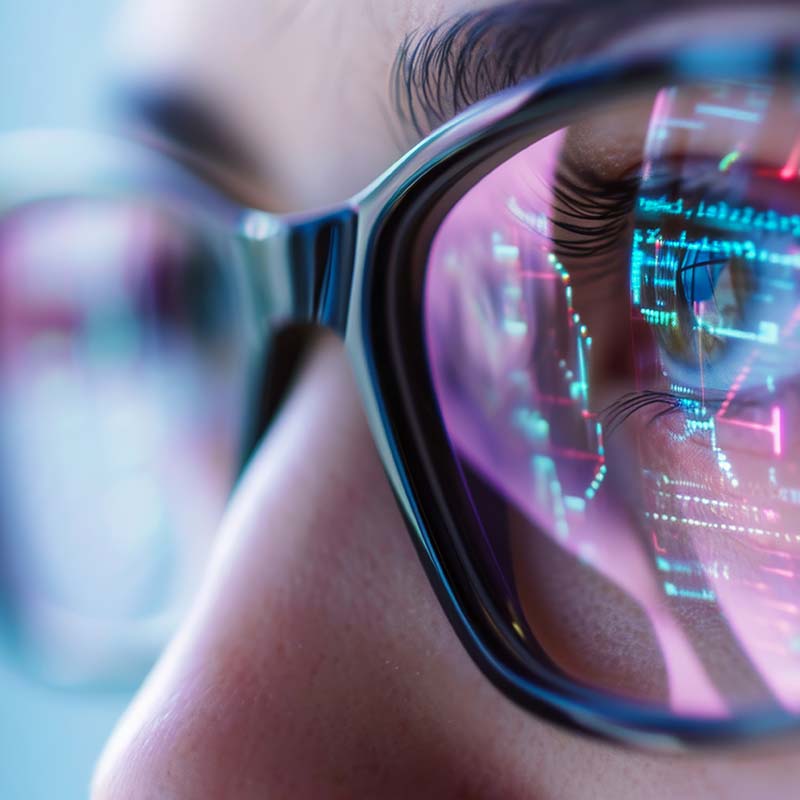“By listening to lung sounds, health care providers can assess whether there’s a shift in the frequency patterns of their patients’ lungs and can make a clinical estimation about whether they need some form of therapy or help them make a clinical determination of a diagnosis.”
Steth IO’s stethoscope-like hardware works with smartphones and can listen for abnormalities in a patient’s lungs from the comfort of their own home. According to Dr. Mulumudi, a frequency shift from 300 to 600 hertz could be a sign of coronavirus-induced pneumonia.
“Patients that test positive for COVID-19 or patients that are being tested and are waiting for results need some form of monitoring at home so we can avoid bringing them into overwhelmed hospitals,” Mulumudi said.
Now, fewer people will have to expose themselves to high-risk environments like clinics. By leveraging data and the cloud, the company’s goal is making telehealth visits more meaningful by giving individuals the tools they need to be examined remotely.
“Data collection happens on secure servers and can be transferred into independent electronic medical records (EMRs), powered by the cloud. So a patient should be able to transmit and a physician should be able to access, and that’s really where the cloud comes into the picture,” Mulumudi said.
A Picture of Health
Sound is one method of detecting the virus. Visuals are another. What if disease could be spotted in a crowd, for instance? Scylla is a new venture whose goal is utilizing thermal imagery to identify feverish individuals hidden amongst the masses.
“The whole thing is about body temperature measurement,” said Ara Ghazaryan, chief technology officer and lead data scientist at Scylla. “If you can measure elevated body temperatures, mainly coming from fever, you can screen potential sick people and limit their movement all around the world. This seems to be one of the important features in this fight – in this war.”
Scylla aims to make its technology more accessible by offering a cheaper solution than its competitors.
“We are as flexible as a startup,” Ghazaryan said. “Other providers require the person to stand in front of the camera for several seconds. This is a bottleneck that normally causes crowds and it’s not good.”
Instead, Scylla’s product integrates software and hardware in order to track people flowing through a busy space.
“Our software augments the accuracy characteristics of a camera from 2 degrees of error to 0.5,” Ghazaryan said. “It’s done through smart targeting. We track every individual in the view of the camera, and with continual measurements from each person we cut out some outliers, do statistical analysis and use some artificial-intelligence (AI) magic to self-calibrate. Eventually, we come up with a number that’s much more precise than the hardware output is. The usage of AI makes this non-contact flow of the crowd screening possible.”
Coupled with facial recognition, Scylla believes this could be an important tool for identifying and even isolating the sick, keeping them out of places where they might infect others.
“We are not virus detectors – and, of course, fever doesn’t always mean coronavirus – but this is about minimizing the impact, and each and every number will count,” Ghazaryan said.
Out of the Gutter
For one startup, the pandemic’s story is best told in stools. That company is BioBot Analytics of Somerville, Mass. Using lessons learned from studying the opioid crisis through waste, it’s searching for answers in the bowels of cities by collecting public health data from sewage samples, insights from which can help isolate the next coronavirus cluster.








